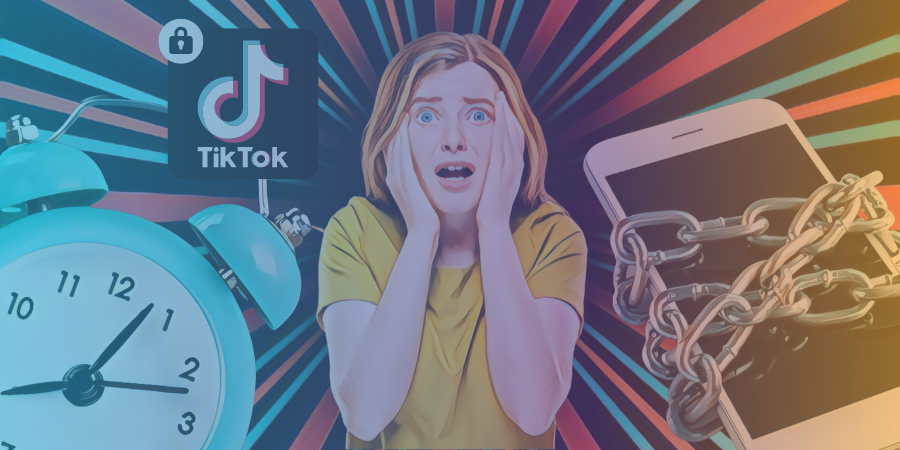TikTok, a social media platform, has announced new features aimed at curbing screen time and expanding parental involvement in the app through family pairing.
In an effort to address growing concerns over the impact of social media on children’s mental health, the social media giant announced on Wednesday that it will introduce screen time limits and parental controls for users under 18.
Screen Time Limits
Users under the age of 18 will have a default screen time limit of 60 minutes per day. When they reach this limit, a notification will appear on their screen, giving them the option to continue using the app for a set amount of time.
For users under the age of 13, parents or guardians will have to enter a passcode every 30 minutes to give their child additional screen time. If the passcode is not entered, the child will not be able to use the app.
For users aged 13 to 17, they will be able to enter their own passcode to continue using the app after the 60-minute limit has been reached.
However, if they spend more than 100 minutes on TikTok in a day, they will be prompted to set their own daily screen time limit, which can also be bypassed with their passcode.
The app will provide a weekly summary of the user’s screen time to promote awareness of usage.
Parental Controls
TikTok is also expanding its Family Pairing feature, which allows parents or guardians to filter out certain words and hashtags, set screen time limits, and set schedules to mute TikTok notifications.
This feature is intended to encourage collaboration between parents and teens in developing healthy online habits.
Caregivers and guardians will be able to customize time limits to the day of the week, allowing for more screen time on weekends compared to school nights.
The updated Family Pairing feature includes a screen time dashboard, documenting the user’s time spent on TikTok and how many times they have opened the app.
Public Response
The introduction of screen time limits and parental controls is a step towards creating a safer online environment for young people, according to James P. Steyer, the founder and CEO of nonprofit children’s media group Common Sense Media.
He emphasized that social media companies should have designed features years ago that protected kids from too much screen time or endless scrolling and harmful content.
However, some critics argue that these measures do not go far enough in addressing concerns about social media’s impact on children’s mental health.
The implementation of these features coincides with CEO Shou Zi Chew’s appearance before Congress on March 23.
He will be questioned on the app’s security concerns and impact on children, among other issues.
Chew will be questioned about the app’s security concerns and impact on children, among other issues.
Future Updates
In the coming weeks, all users will be able to set daily screen time limits and mute notifications, regardless of whether they use Family Pairing or not.
The app will also introduce sleep reminders, which will remind users to log off when they reach a pre-selected time of night.
TikTok’s introduction of screen time limits and parental controls is a proactive step towards creating a healthier online environment for young people.
While it may not fully address concerns about social media’s impact on children’s mental health, it demonstrates the app’s commitment to promoting safe and responsible use of its platform.
TikTok has introduced screen time limits and parental controls for users under 18 in an effort to address concerns over the impact of social media on children’s mental health.

Article In a Snapshot:
- TikTok has introduced screen time limits and parental controls for users under 18 in an effort to address concerns over the impact of social media on children’s mental health.
- Users under 18 will have a default screen time limit of 60 minutes per day, and parents or guardians will have to enter a passcode every 30 minutes for users under 13 to give their child additional screen time.
- The Family Pairing feature allows parents or guardians to filter out certain words and hashtags, set screen time limits, and mute TikTok notifications.
- Critics argue that these measures do not go far enough in addressing concerns about social media’s impact on children’s mental health.
- The app will introduce sleep reminders in the coming weeks to remind users to log off when they reach a pre-selected time of night.








